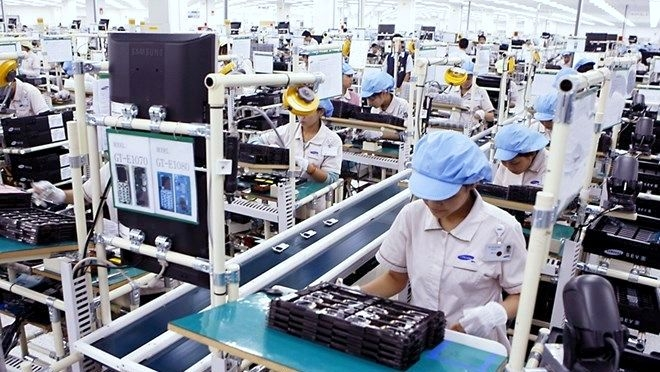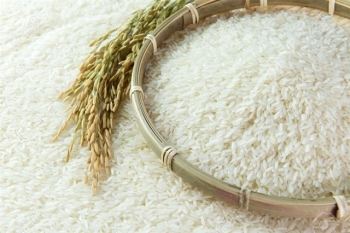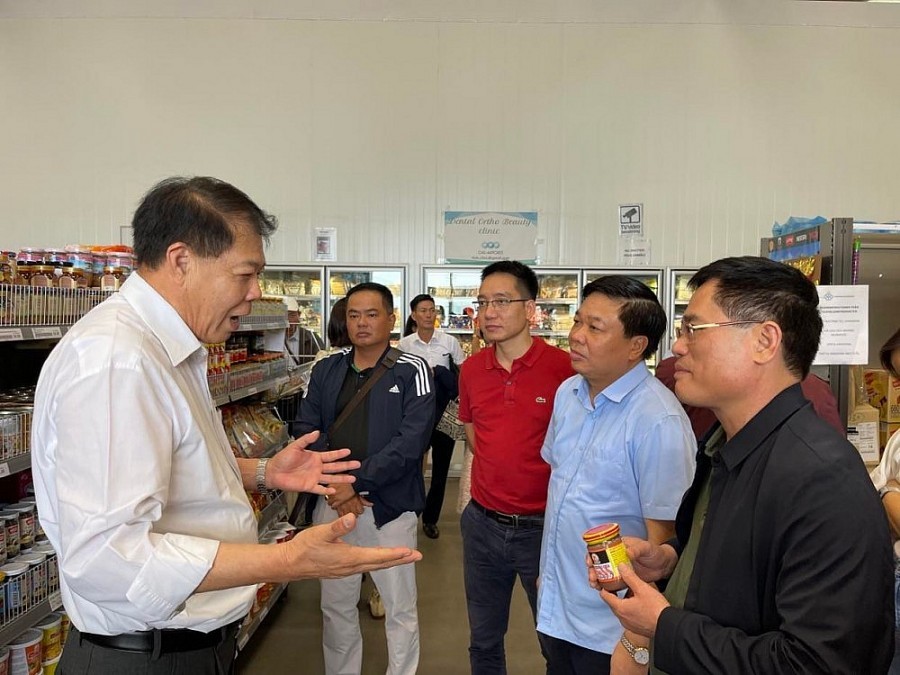EU to exempt import duties for 20,000 tonnes of Vietnamese raw sugar per year under EVFTA
The implementation of the EVFTA on August 1 has served to present a wealth of opportunities aimed at promoting the export of Vietnamese agricultural products and foodstuffs to the EU market through offering substantial tax reductions, VOV reported.
In line with the commitments outlined in the EVFTA, all products that have been classified in accordance with tax lines on the EU Tariff List are set to be exempt from import duties, with an annual tariff quota reaching 20 000 tonnes of raw sugar.
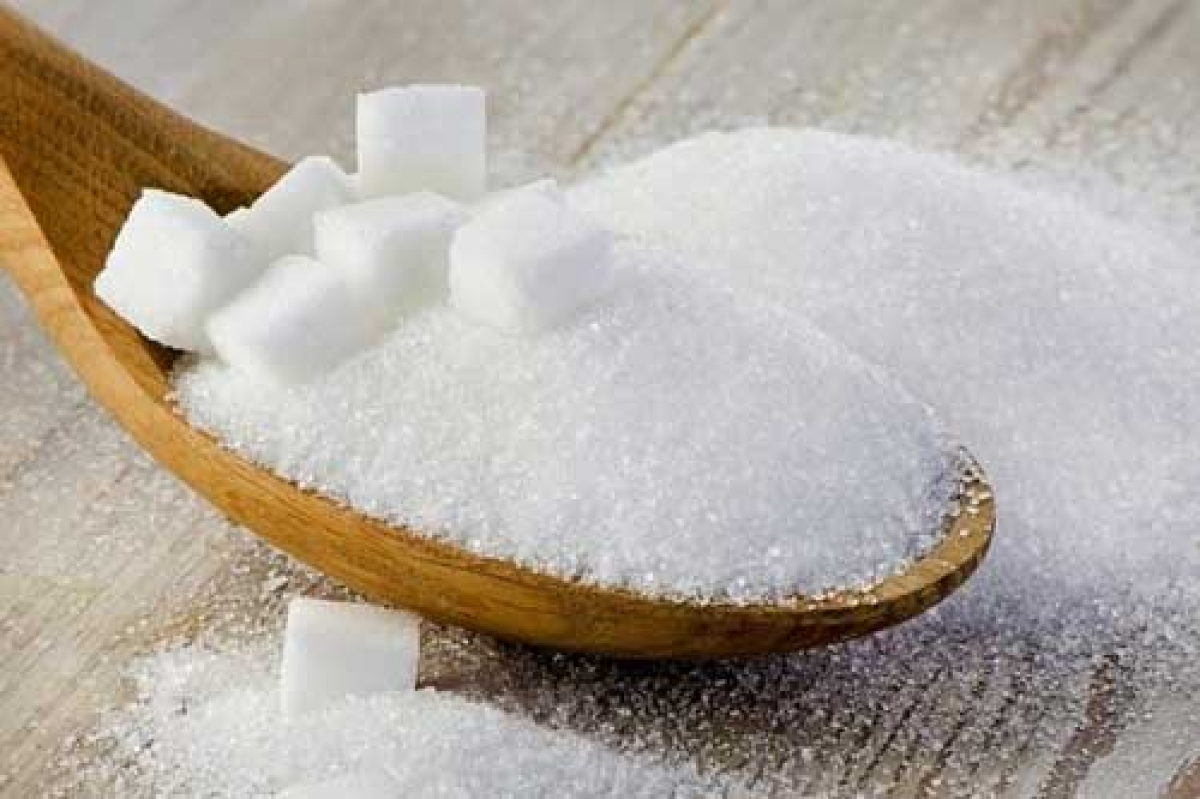 |
| EU is expected to offer tax incentives for 10,000 tonnes of white sugar from Vietnam under the EVFTA's commitments. Photo: VOV |
Under the regulations for sugar and sugar confectionery that are stipulated in the trade deal, products whose origin is classified under tax line 1701.14.90 in the EU Tariff List will enjoy an exemption of import duties with a quota of 400 tonnes per year.
Accordingly, Agrotrade has requested that the Vietnam Sugar Association (VSSA) notify their subsidiary units to strengthen coordination with the department, in addition to the Vietnamese trade office in the EU, in an effort to promote the export of sugar and products that contain sugar to the fastidious market.
Affirming the values of Vietnamese agricultural products
A series of ceremonies to announce the export of Vietnamese agricultural products to the European market under the EU-Vietnam Free Trade Agreement (EVFTA) has been held in recent days, Nhan Dan Newspaper reported.
On September 16, a ceremony to launch Vietnam's first batch of coffee and passion fruit to the EU under EVFTA was held in Gia Lai Province. Following this, on September 17, a ceremony was held in Ben Tre to announce the export of fruit to the market. Earlier, a ceremony was held on September 11 in Ninh Thuan Province to announce the export of the first batch of Vietnamese frozen shrimp to the EU.
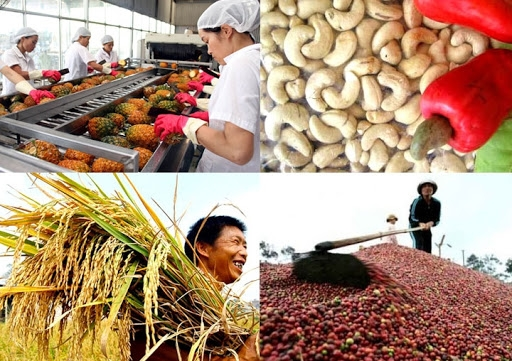 |
| Illustrative photo |
Immediately after the EVFTA took effect, many of our key agricultural products were welcomed by the European market, showing the value and advantages of Vietnamese agricultural products. It also shows that the agricultural sector is well prepared to turn opportunities into real results, contributing to raising the export value of agricultural products. Penetrating the European market is expected to open new opportunities for Vietnamese agricultural products in other demanding markets.
Over the past time, in addition to authorities’ efforts to facilitate legal procedures for exporters, localities, businesses, and farmers have been very proactive in quickly adapting to the requirements of the EVFTA.
For seafood, the EU has been a key market, bringing high turnover for many years, thus the EVFTA is expected to continue to "open the door" for the product to dominate a larger market share in the total seafood import value of Europe. Meanwhile, for coffee, the EU is also the highest consumer of Vietnamese coffee, accounting for 40% of the total output and 38% of the country's total export turnover.
Statistics show that the average coffee export value to the EU has reached US$1.2 to 1.4 billion per year in the past five years. Immediately after the EVFTA took effect, in August 2020, the export value of the commodity to the EU was estimated at nearly US$ 76 million, up 34.7% compared to July 2020. The door into Europe has also opened wide for Vietnamese fruits and vegetables as the EU immediately eliminated 94% of the total 547 tax lines for fruits and vegetables, as well as products from fruits and vegetables.
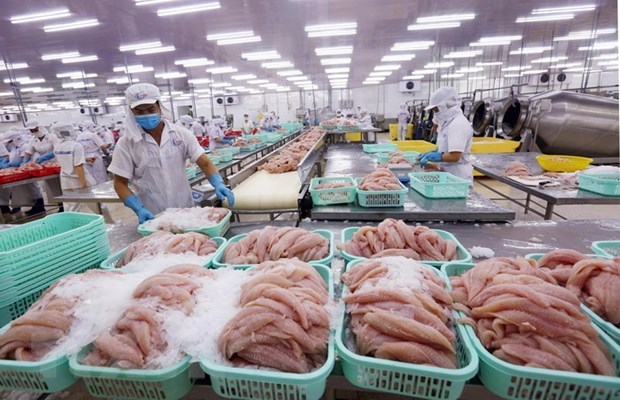 |
| Processing Tra fish for export Photo: VNA |
The advantage was proven when in August 2020, Vietnam's fruit and vegetable export to the EU was estimated at US$ 14.7 million, up 25.2% over the previous month. Currently, the EU is the fourth export market for Vietnamese fruits and vegetables. With the available steps in addition to enjoying a 0% tax rate, Vietnam's fruit competitiveness has been strengthened compared to countries that do not have an FTA with the EU.
In addition to the above commodities, in general, the export value of agricultural, forestry, and fishery products to the EU in August 2020 has reached US$ 350 million, up 17% compared to July 2020.
However, according to the Ministry of Industry and Trade, in the past ten years, Vietnam's agricultural, forestry and fishery exports to the EU have not grown very high, reaching an average of 6.7% per year. It is forecast that exports of some agricultural products will increase significantly until 2025 thanks to the EVFTA, such as rice (up 65%), sugar (8%), pork (4%), forest products (3%), and meat from cattle and poultry (4%) Thus, the potential of Vietnam's agricultural products to enter Europe is quite large.
In the coming time, in order to continue to promote the advantages in the market, the agricultural commodities still have efforts to improve, such as production and processing, consumption in a closed chain, ensuring food hygiene and safety, with the most stringent requirements from Europe. In addition, it is necessary to pay attention to the sustainable development of the environment and using labor because these are issues that European countries attach great importance to in agricultural production.
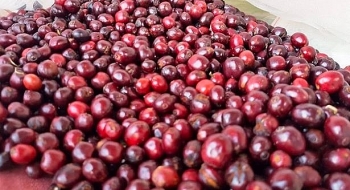 | The first 296 tons of coffee exported to EU after the Free Trade Agreement In 16 September morning, Vietnam officially exported the first batch of 296 tons of coffee to Europe under the European-Vietnam Free Trade Agreement. |
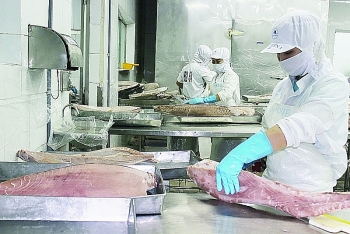 | Increase in order from EU for Vietnamese seafood after EVFTA Seafood volume exported to EU of Vietnam has been risen dramatically since the Vietnam-EU Free Trade Agreement (EVFTA) took effect (August 1, 2020). |
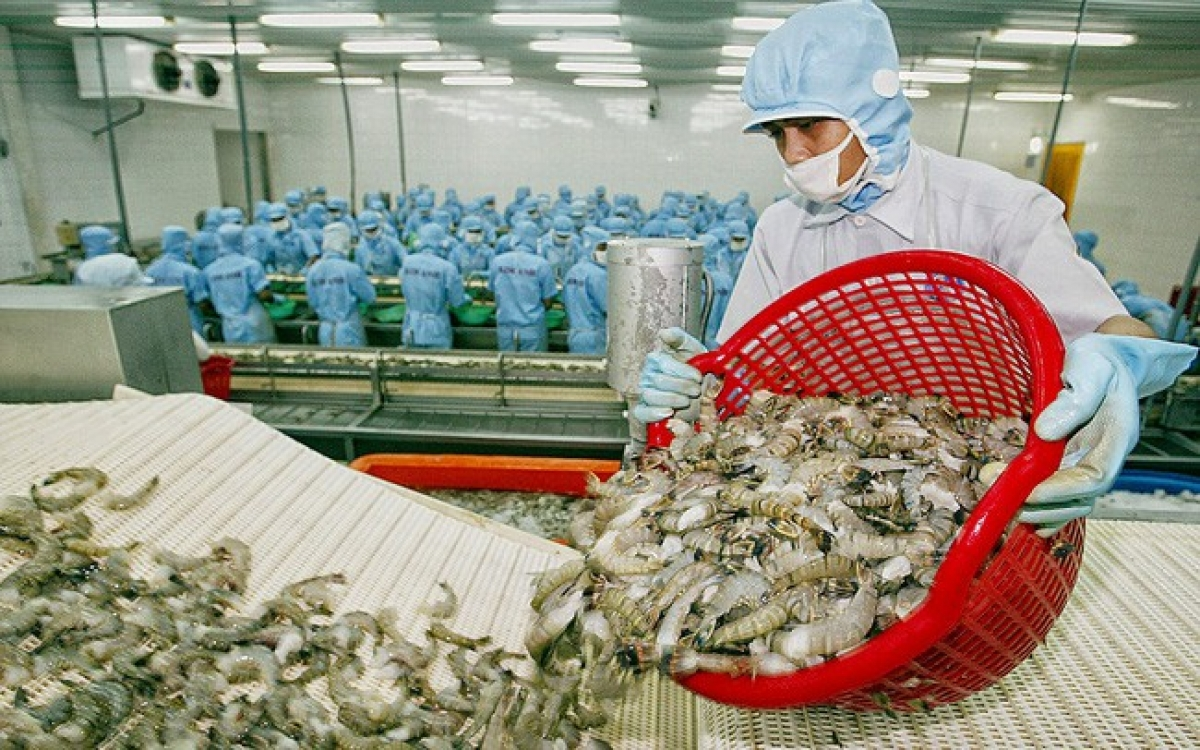 | Vietnamese shrimp exports to EU expected to surge in remaining months of 2020 thanks to EVFTA Vietnamese shrimp exports to the EU market is forecasted to surge during the remaining months of the year following the enforcement of the EU-Vietnam Free ... |

